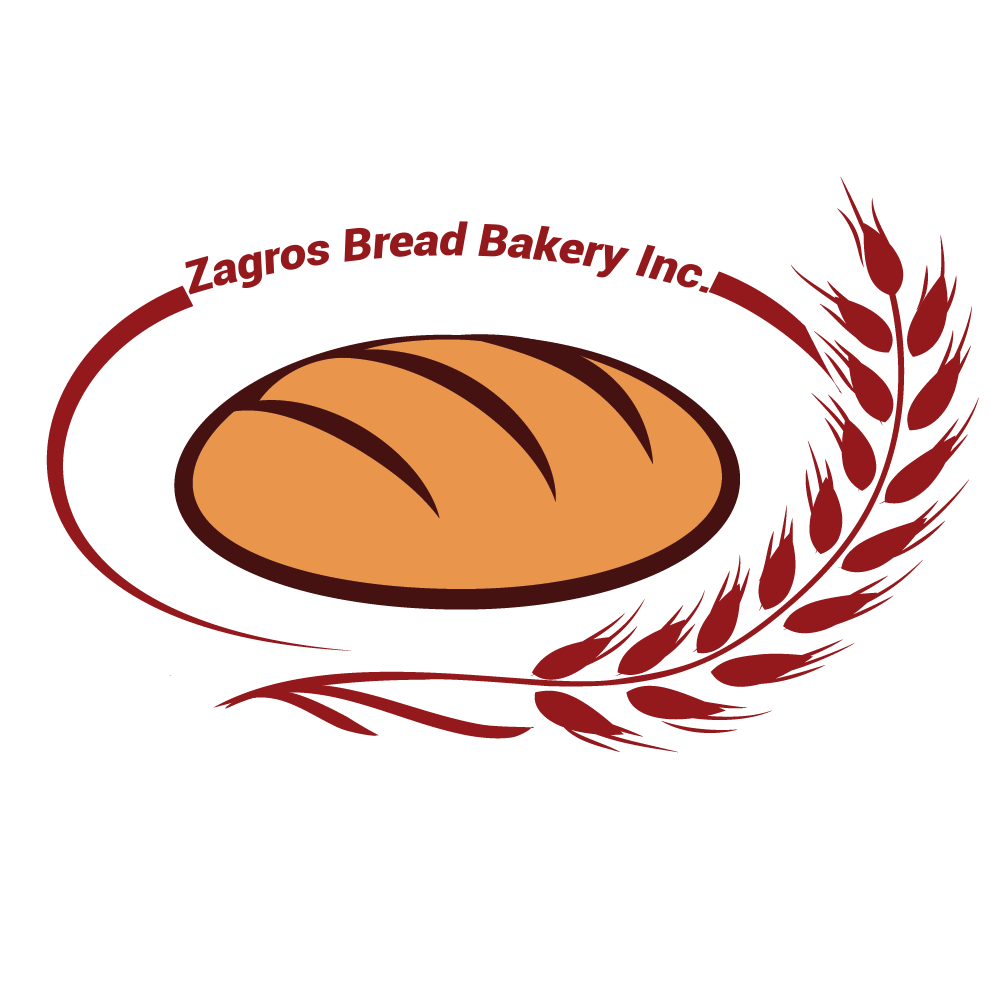Embark on a flavorful journey through the heart of Middle Eastern cuisine as we explore the rich traditions and techniques behind Iranian bread. Known for its distinct textures and flavors, Iranian bread is a staple in Middle Eastern culinary culture. This blog delves into traditional baking techniques, key ingredients, cultural significance, and provides a step-by-step guide to mastering classic Iranian bread recipes. Whether you’re a seasoned cook or a curious food enthusiast, join us in discovering the art of Iranian bread-making.
Traditional Techniques for Baking Authentic Iranian Bread
Iranian bread, or “nan,” is renowned for its unique texture and flavor, which stems from age-old baking techniques. Here’s an overview of traditional methods used to achieve that authentic taste:
1. Tandoor Baking: Traditional Iranian bread is often baked in a tandoor, a clay oven that provides a distinct smoky flavor and crispy texture. The bread dough is slapped against the hot walls of the tandoor, cooking quickly and evenly.
2. Shaping and Stretching: Iranian bread dough is typically stretched by hand rather than rolled. This technique ensures the bread achieves the desired thinness and texture. The dough is shaped into large, flat rounds or elongated loaves.
3. Pre-Heating: The baking surface or oven is pre-heated to a high temperature before the dough is introduced. This high heat is crucial for achieving the bread’s signature crisp crust and airy interior.
4. Use of Natural Leavening: Some traditional recipes use natural leavening agents, like sourdough starters, to give the bread its characteristic flavor and texture. This method differs from the commercial yeast used in many modern recipes.
Key Ingredients for Making Genuine Iranian Bread at Home
Creating authentic Iranian bread at home requires specific ingredients that contribute to its unique flavor and texture. Here’s a list of key ingredients:
1. Flour: Use high-quality, all-purpose flour or a combination of white and whole wheat flour for a more traditional texture. Some recipes may call for specific types of flour, like “sangak” or “barbari,” which have distinct properties.
2. Water: Fresh, lukewarm water is essential for activating the yeast and ensuring the right dough consistency. The water should be clean and free from impurities.
3. Yeast: While traditional methods may use natural leavening, most modern recipes use active dry yeast or instant yeast to facilitate the bread’s rise.
4. Salt: Salt enhances the flavor of the bread and helps regulate yeast activity. It’s important to measure the salt accurately to avoid overpowering the bread’s taste.
5. Oil or Ghee: Some recipes include a small amount of oil or ghee to enrich the dough and add a subtle flavor.
6. Sugar: A touch of sugar can help activate the yeast and contribute to a balanced flavor, although some traditional recipes omit it.
With these key ingredients, you can start creating your own authentic Iranian bread and bring a taste of the Middle East to your kitchen.
Cultural Significance of Iranian Bread: Beyond the Recipe
Iranian bread is more than just a staple food; it carries deep cultural and historical significance. Here’s a look at its role in Iranian culture:
1. Historical Roots: Iranian bread has been a central part of Middle Eastern diets for thousands of years. Its preparation methods and recipes have been passed down through generations, reflecting the rich culinary heritage of Iran.
2. Culinary Traditions: Bread plays a vital role in Iranian meals, often served alongside stews, kebabs, and salads. It is an integral part of daily life and special occasions, symbolizing hospitality and abundance.
3. Social Aspect: Baking and sharing bread is a communal activity in many Iranian households. It fosters social bonds and brings people together, reflecting the importance of family and community in Iranian culture.
4. Artistry and Craftsmanship: The art of making Iranian bread involves not just culinary skills but also an appreciation for craftsmanship. The distinctive shapes, textures, and flavors of Iranian bread showcase the baker’s expertise and dedication.
Understanding the cultural context of Iranian bread adds depth to the cooking experience and enriches your appreciation of this traditional food.
Step-by-Step Guide to Mastering Classic Iranian Bread Recipes
Ready to try your hand at making Iranian bread? Follow this step-by-step guide to master classic recipes:
1. Prepare the Dough:
– Ingredients: Gather flour, water, yeast, salt, and any additional ingredients.
– Mixing: Combine flour and salt in a bowl. Dissolve yeast in lukewarm water and mix with flour until a dough forms. Knead until smooth and elastic.
2. Proofing:
– First Rise: Let the dough rise in a warm, covered bowl until doubled in size. This usually takes about 1-2 hours.
– Shaping: Punch down the dough and divide into portions. Shape each portion into rounds or loaves, depending on the recipe.
3. Preheat the Oven:
– Oven Temperature: Preheat your oven to a high temperature (around 450°F or 230°C) or prepare your tandoor if using one.
4. Bake:
– **Baking**: Place the shaped dough onto a baking surface or directly into the tandoor. Bake until the bread is golden brown and sounds hollow when tapped, usually 10-15 minutes.
5. Cool and Enjoy:
– Cooling: Let the bread cool on a wire rack before slicing. Enjoy fresh with your favorite Middle Eastern dishes or as a standalone treat.
This step-by-step guide will help you create delicious Iranian bread that mirrors traditional recipes and techniques.
Conclusion
Exploring Middle Eastern flavors through Iranian bread offers a delicious and educational journey into the heart of Middle Eastern cuisine. From mastering traditional baking techniques and key ingredients to understanding the cultural significance and following a step-by-step recipe guide, this culinary adventure highlights the richness and diversity of Iranian bread-making.
By embracing these insights, you can bring the authentic taste of Iran into your kitchen and appreciate the depth of its culinary traditions. Whether you’re a seasoned baker or a curious cook, these practices will help you craft genuine Iranian bread and celebrate the rich flavors of the Middle East.

![[freepicdownloader.com]-person-apron-making-bread-their-stove-medium](https://zagrosproducts.com/wp-content/uploads/2024/08/freepicdownloader.com-person-apron-making-bread-their-stove-medium-1600x900.jpg)
Add a Comment